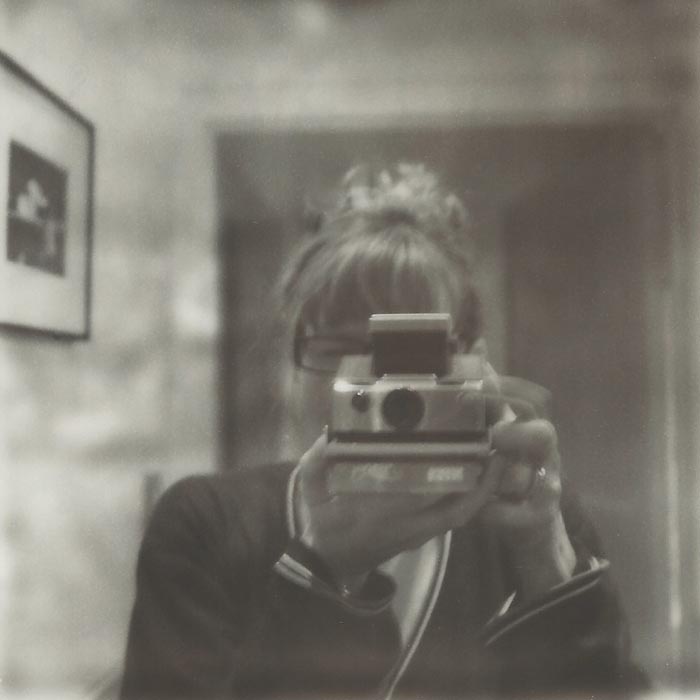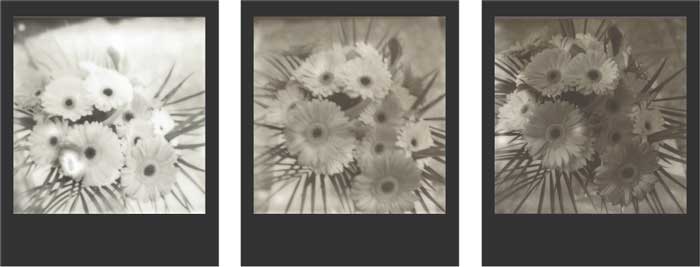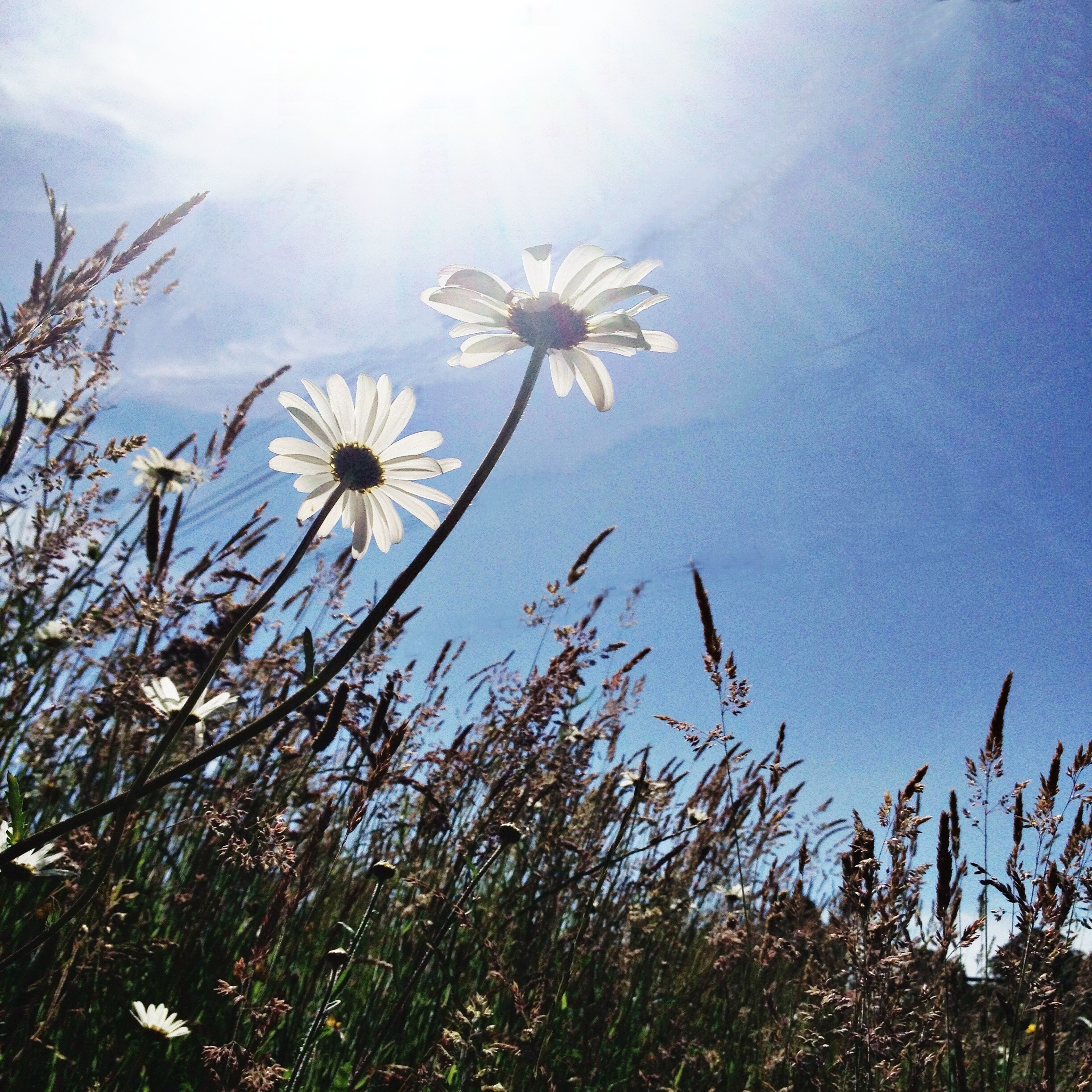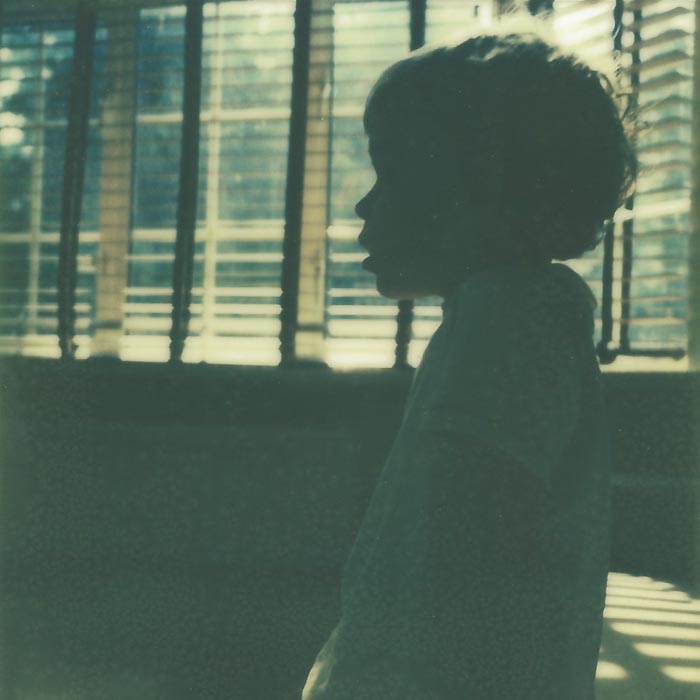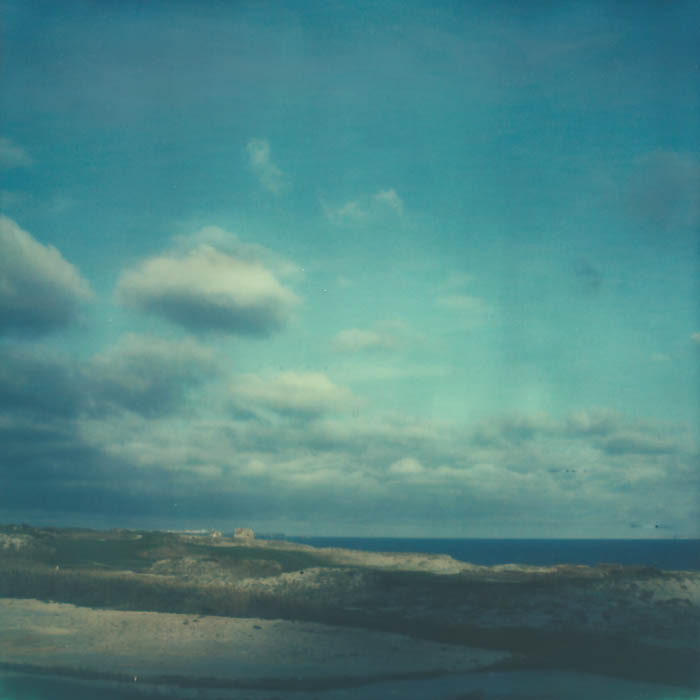As I’ve taken more pictures with the Polaroid over the past week, I’ve learned two things.
One, there is a lot that can go wrong when shooting with this medium. The sheer number of variables that are at play in determining whether your picture comes out, well there are a lot. You might change just one variable, say exposure, to take the exact same shot. But there’s no guarantee that all the other variables have remained constant. So you don’t really know if the one thing you changed improved the photo or not.
Variables like:
- Exposure. Why is turning a little dial from light to dark in order to adjust exposure infinitely more difficult than adjusting shutter speed, aperture, and ISO? Maybe because there’s more of an art to it.
- Temperature. I’ve learned that cooler weather like we have here isn’t ideal for a developing Polaroid. So, I’ve taken to stuffing them in my bra strap to keep them warmer and I have to say I think it’s helped.
- Shielding. The first couple of seconds outside of the camera are critical for the development and if you haven’t shielded the image from light immediately it gets WAY overexposed. I’m getting better at this with practice.
- Low light. So far I’ve had many more low light situations than bright. The one day I did get to shoot in full sun yielded much crisper images.
- Moving subject. This thing is so slow, you can even see my finger moving just after pressing the shutter button above. Certainly, you can shoot motion blur intentionally, but when you’re not it just comes out blurry.
- Dirty rollers.
- Faulty camera.
- Bad film.
You can see why people have abandoned this for digital. Point, click, consistent.
Which leads me to the second thing I’ve learned. Shooting Polaroid means learning to appreciate imperfection. It means if you’ve been trained to strive for crisp, clear, sharp images, you need to let that go and just enjoy the interestingness that comes out of the camera.
No two photos will ever be the same, they are each unique creations.

